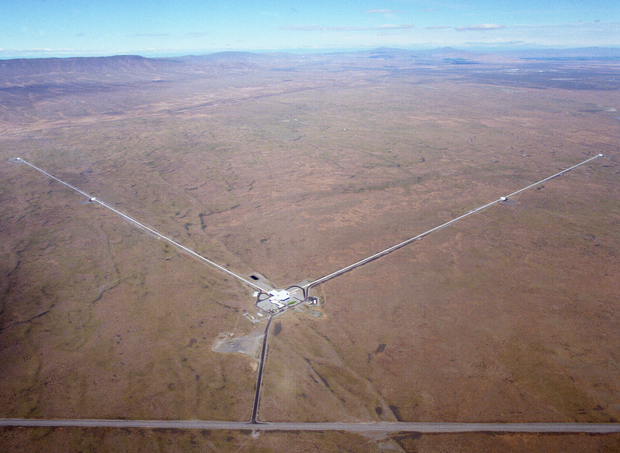
The Era of Gravitational Waves has Begun
We stand at beginning of a new era. Gravitational waves have been detected by LIGO coming from a pair of black holes colliding (wow, it feels good to type that). Gravitational wave astronomy is firmly a reality — in the official, peer-reviewed sense of the word.
I’m incredibly lucky to have found myself in the midst of it all, a tiny part of the team that made the first direct gravitational wave detection. But what does it all mean? Continue reading